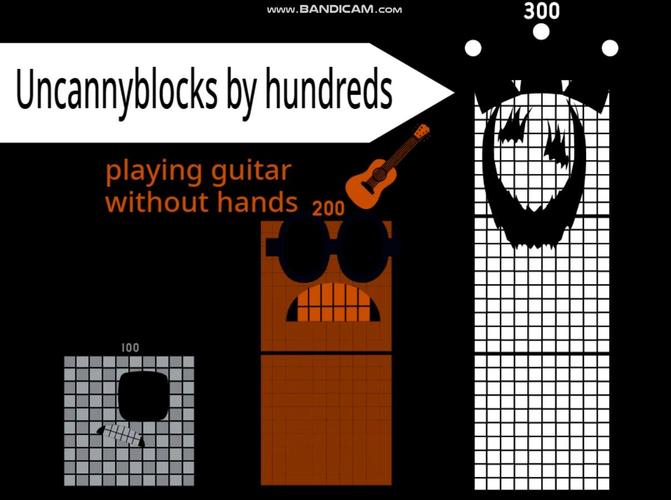Blockchain and Noble Metals: A New Era of Integration
 summary:
The integration of blockchain technology with noble metals is ushering in a new era of dig...
summary:
The integration of blockchain technology with noble metals is ushering in a new era of dig... The integration of blockchain technology with noble metals is ushering in a new era of digital asset management and secure transactions. This innovative combination enables efficient tracking of metal supply chains, enhanced transparency, and secure record-keeping, revolutionizing the way noble metals are traded and valued.
In recent years, blockchain technology has gained significant attention and has become a disruptive force across various industries. The integration of blockchain with noble metals, specifically, has opened up a new chapter in the world of finance and investment. This article explores the intersection of blockchain and precious metals, examining the potential benefits and challenges associated with this emerging trend.
What is Blockchain?
Blockchain is a decentralized, distributed ledger technology that allows for secure and transparent digital transactions without the need for a central authority. It operates on a network of computers, where each block contains a digital record of transactions, linked to the previous block through cryptographic algorithms. The decentralized nature of blockchain ensures that records are tamper-resistant and can be accessed by anyone on the network.
Precious Metals in Blockchain Context
Precious metals, such as gold and silver, have long been considered as assets of value and a store of wealth. In the context of blockchain, these metals can be tokenized, creating digital representations that can be traded on a blockchain platform. This digital representation ensures that precious metals can be easily traded without the need for physical delivery, providing investors with a convenient way to invest in these assets.
Benefits of Integrating Blockchain with Noble Metals
1、Enhanced Security: Blockchain's decentralized nature ensures that transactions are secure and tamper-resistant, providing a secure platform for trading precious metals.
2、Transparency: The transparent nature of blockchain allows for better tracking of precious metal transactions, ensuring fair dealing and reducing the risk of fraud.
3、Liquidity: By tokenizing precious metals, investors can easily trade them on blockchain platforms, enhancing liquidity and providing more opportunities for investment.
4、Reduced Cost: Blockchain-based transactions reduce the need for intermediaries, thereby reducing transaction costs and providing a cost-effective way to trade precious metals.
5、Global Access: Blockchain allows for access to precious metal markets from anywhere in the world, providing investors with global opportunities.
Challenges in Integrating Blockchain with Noble Metals
1、Regulatory Uncertainty: As blockchain and precious metals are emerging fields, there is uncertainty in terms of regulation, which can pose challenges for market participants.
2、Technical Complexity: Implementing blockchain-based solutions for precious metal trading requires technical expertise, which may be a challenge for some market participants.
3、Integration Challenges: Integrating legacy systems with blockchain-based solutions can be challenging, requiring significant investment in terms of time and resources.
4、Market Acceptance: For blockchain-based precious metal trading to be successful, it needs widespread market acceptance, which may take time due to the lack of familiarity with blockchain technology.
Use Cases for Blockchain in Noble Metals Trading
1、Digital Gold: By tokenizing gold on blockchain platforms, investors can easily buy, sell, and trade digital gold without the need for physical delivery. This provides a convenient way to invest in gold, with enhanced security and transparency.
2、Supply Chain Management: Blockchain can be used to track the supply chain of precious metals, ensuring the authenticity and quality of these metals. This provides assurance to investors and helps in building trust within the industry.
3、Smart Contracts: Smart contracts on blockchain platforms can be used to automate the trading of precious metals, reducing the need for intermediaries and ensuring fair dealing.
4、Metal-backed Tokens: Creating metal-backed tokens on blockchain allows for fractional ownership of precious metals, providing investors with a cost-effective way to invest in these assets.
Conclusion
The integration of blockchain with noble metals offers significant benefits in terms of security, transparency, liquidity, and cost reduction. However, there are also challenges associated with this integration, such as regulatory uncertainty, technical complexity, integration challenges, and market acceptance. Despite these challenges, the potential benefits of blockchain in precious metal trading are significant, and it is likely that we will see further advancements in this field as technology matures and gains widespread adoption.

